Home>Gardening & Outdoor>Outdoor Recreation & Activities>How Many Players On An Ultimate Frisbee Team?
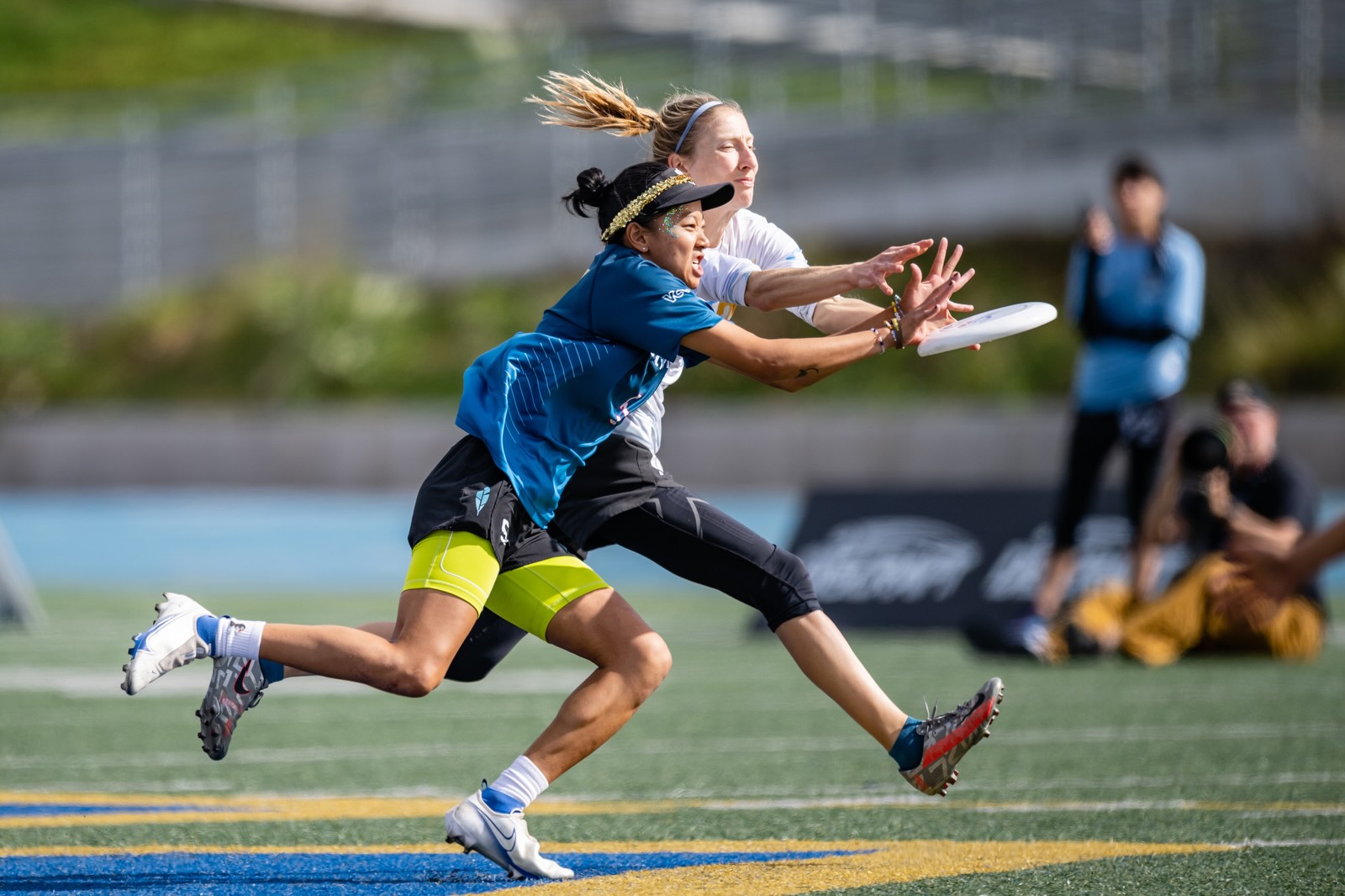

Outdoor Recreation & Activities
How Many Players On An Ultimate Frisbee Team?
Modified: April 1, 2024
Discover the ideal number of players on an ultimate frisbee team and learn about outdoor recreation and activities. Get expert insights and tips for your next game!
(Many of the links in this article redirect to a specific reviewed product. Your purchase of these products through affiliate links helps to generate commission for Storables.com, at no extra cost. Learn more)
Introduction
Ultimate Frisbee, often referred to as just "Ultimate," is a dynamic and exhilarating non-contact team sport that combines elements of soccer, basketball, and American football. It is played with a flying disc, commonly known as a Frisbee, and is characterized by its fast-paced nature and emphasis on fair play. As with any team sport, the number of players on an Ultimate Frisbee team is a fundamental aspect that significantly influences the dynamics of the game.
The team size in Ultimate Frisbee is a crucial factor that shapes the flow and strategy of the game. Understanding the standard team size, as well as variations that may exist, provides valuable insight into the sport's dynamics and the collaborative nature of team play. Moreover, the impact of team size on gameplay is a fascinating aspect that affects the strategies, communication, and overall experience of both players and spectators.
In this article, we will delve into the intricacies of team size in Ultimate Frisbee, exploring the standard number of players on a team, potential variations, and the implications of team size on the game. By gaining a deeper understanding of the role that team size plays in Ultimate Frisbee, both seasoned players and newcomers can develop a richer appreciation for the sport's dynamic and inclusive nature. Let's embark on this journey to unravel the significance of team size in Ultimate Frisbee and its profound impact on the game.
Key Takeaways:
- Ultimate Frisbee teams typically have 7 players, promoting teamwork and inclusivity. The smaller team size allows for dynamic gameplay and active participation, making the sport engaging for players of all skill levels.
- Variations in team size cater to different playing environments and skill levels, showcasing the adaptability of Ultimate Frisbee. Whether on a beach or in a tournament, the sport remains inclusive and diverse, offering engaging experiences for all participants.
Read more: What Colleges Have Ultimate Frisbee Teams?
Standard Ultimate Frisbee Team Size
In standard Ultimate Frisbee gameplay, a team typically consists of seven players on the field at a time. This includes three handlers, who are primarily responsible for moving the disc and initiating the team's offensive plays, and four cutters, who aim to receive passes from the handlers and advance the disc towards the opposing team's end zone. The balanced distribution of players across these roles fosters a dynamic and collaborative playing environment, where each team member's contributions are integral to the overall strategy and success of the team.
The seven-player team size in Ultimate Frisbee is carefully designed to optimize player involvement and strategic diversity. With a smaller team, each player has a more significant impact on the game, leading to increased participation and engagement. Furthermore, the compact team size encourages effective communication and coordination among teammates, fostering a cohesive and synchronized playing style.
The standard team size of seven players also aligns with the dimensions of the Ultimate Frisbee field, creating a harmonious balance between the number of players and the available playing space. This equilibrium allows for strategic maneuvering, swift transitions between offense and defense, and dynamic player positioning, enhancing the fluidity and excitement of the game.
Moreover, the seven-player team size promotes inclusivity and accessibility, making Ultimate Frisbee an engaging and welcoming sport for players of various skill levels and athletic abilities. The smaller team size facilitates easier team formation and encourages participation from a diverse range of individuals, fostering a sense of community and camaraderie within the sport.
In essence, the standard team size of seven players in Ultimate Frisbee embodies the sport's core principles of teamwork, strategy, and inclusivity. It serves as the foundation for the dynamic and fast-paced nature of the game, creating an environment where every player's contributions are valued and essential to the team's success. As we explore the variations in team size and their impact on gameplay, it becomes evident that the standard team size of seven players plays a pivotal role in shaping the unique and captivating dynamics of Ultimate Frisbee.
Variations in Team Size
While the standard team size in Ultimate Frisbee consists of seven players per team, variations in team size can be observed in certain formats and adaptations of the game. These variations often stem from modifications made to accommodate different playing environments, skill levels, or tournament structures. Understanding these variations provides valuable insight into the adaptability and versatility of Ultimate Frisbee as a sport.
One notable variation in team size is observed in informal or recreational settings, where the number of players on a team may be adjusted to suit the available player pool and playing space. In casual pickup games or community gatherings, teams may opt to play with fewer than seven players per side to ensure active participation and a more relaxed playing experience. Conversely, larger groups may choose to expand the team size to involve a greater number of players, fostering a lively and inclusive atmosphere.
In tournament settings, especially at the youth or collegiate level, variations in team size may arise to accommodate different age groups and skill levels. Youth divisions, for instance, may feature modified team sizes to align with developmental needs and ensure a balanced and engaging playing experience for young athletes. Similarly, collegiate tournaments may adopt variations in team size to accommodate the diverse range of participants and promote competitive yet inclusive gameplay.
Additionally, certain adaptations of Ultimate Frisbee, such as beach Ultimate or indoor Ultimate, may introduce variations in team size to suit the specific playing conditions and dynamics of the environment. Beach Ultimate, played on sandy surfaces, may feature smaller team sizes to account for the physical demands of maneuvering on sand and to optimize player involvement in a more confined space. Indoor Ultimate, played in gymnasiums or indoor arenas, may also adopt variations in team size to align with the dimensions of the playing area and create a fast-paced and dynamic indoor playing experience.
Furthermore, variations in team size can be observed in specialized formats of Ultimate Frisbee, such as mini or micro Ultimate, which are designed for smaller playing areas or limited player availability. These adaptations often feature reduced team sizes, promoting quick and intense gameplay while emphasizing individual skills and strategic maneuvering within a compact playing space.
In essence, the variations in team size in Ultimate Frisbee reflect the adaptability and inclusivity of the sport, catering to diverse playing environments, skill levels, and tournament structures. These variations showcase the versatility of Ultimate Frisbee as a sport that can be tailored to accommodate different contexts while maintaining its core principles of teamwork, fair play, and dynamic gameplay. As we explore the impact of team size on gameplay, it becomes evident that these variations contribute to the rich tapestry of Ultimate Frisbee, offering engaging and diverse playing experiences for participants of all backgrounds and preferences.
An ultimate frisbee team typically has 7 players on the field at a time. This includes 3 women and 4 men in mixed gender games.
Impact of Team Size on Gameplay
The team size in Ultimate Frisbee exerts a profound influence on the dynamics, strategies, and overall experience of the game. Whether adhering to the standard seven-player format or embracing variations in team size, the impact of team size on gameplay is a pivotal aspect that shapes the sport's essence and playing style.
In the context of the standard seven-player team size, the impact on gameplay is multifaceted and far-reaching. The compact team size fosters a high level of player involvement, with each team member playing a crucial role in both offensive and defensive maneuvers. This heightened involvement leads to increased participation, strategic diversity, and dynamic player interactions, creating an engaging and collaborative playing environment. Furthermore, the smaller team size encourages effective communication and coordination among teammates, essential elements that underpin successful gameplay in Ultimate Frisbee. The emphasis on teamwork and synchronized efforts amplifies the sport's appeal, drawing players into a cohesive and dynamic playing experience.
Moreover, the standard team size of seven players aligns harmoniously with the dimensions of the Ultimate Frisbee field, facilitating strategic maneuvering, swift transitions between offense and defense, and dynamic player positioning. This equilibrium between team size and playing space enhances the fluidity and excitement of the game, creating a captivating spectacle for both players and spectators. Additionally, the smaller team size promotes inclusivity and accessibility, making Ultimate Frisbee an engaging and welcoming sport for individuals of diverse skill levels and athletic abilities.
Conversely, variations in team size introduce unique dynamics and strategic considerations that influence gameplay. In informal or recreational settings, adjustments to team size accommodate the available player pool and playing space, fostering a more relaxed or inclusive playing experience. Tournament settings and specialized formats may adopt variations in team size to cater to different age groups, skill levels, or playing environments, showcasing the adaptability and versatility of Ultimate Frisbee as a sport.
Ultimately, the impact of team size on gameplay extends beyond numerical considerations, shaping the collaborative spirit, strategic depth, and inclusive nature of Ultimate Frisbee. Whether adhering to the standard team size or embracing variations, the dynamic interplay between team size and gameplay dynamics underscores the sport's enduring appeal and its ability to provide diverse and engaging playing experiences for participants of all backgrounds.
Conclusion
In conclusion, the team size in Ultimate Frisbee serves as a foundational element that profoundly influences the sport's dynamics, strategies, and overall appeal. The standard team size of seven players per side embodies the collaborative and inclusive nature of Ultimate Frisbee, fostering a dynamic playing environment where every team member's contributions are integral to the game's success. This compact team size promotes heightened player involvement, strategic diversity, and effective communication, creating a captivating and engaging experience for both players and spectators.
Moreover, the variations in team size observed in informal settings, tournament environments, and specialized formats showcase the adaptability and versatility of Ultimate Frisbee as a sport. These variations cater to diverse playing contexts, skill levels, and age groups, ensuring that the sport remains accessible, inclusive, and engaging for participants of all backgrounds and preferences. Whether adjusting team size to accommodate available player pools, playing spaces, or specific playing conditions, Ultimate Frisbee demonstrates its ability to adapt while upholding its core principles of teamwork, fair play, and dynamic gameplay.
The impact of team size on gameplay extends beyond numerical considerations, influencing the collaborative spirit, strategic depth, and inclusive nature of Ultimate Frisbee. Whether adhering to the standard team size or embracing variations, the dynamic interplay between team size and gameplay dynamics underscores the sport's enduring appeal and its ability to provide diverse and engaging playing experiences for participants of all backgrounds.
Ultimately, the significance of team size in Ultimate Frisbee transcends mere numerical values, embodying the sport's essence as a dynamic, inclusive, and community-driven activity. As players and enthusiasts continue to embrace the sport's diverse playing formats and variations, the enduring spirit of Ultimate Frisbee shines through, fostering a culture of teamwork, camaraderie, and exhilarating gameplay. Whether on a sun-drenched beach, a sprawling field, or an indoor arena, the impact of team size resonates throughout the vibrant tapestry of Ultimate Frisbee, enriching the experiences of all who partake in this thrilling and inclusive sport.
Frequently Asked Questions about How Many Players On An Ultimate Frisbee Team?
Was this page helpful?
At Storables.com, we guarantee accurate and reliable information. Our content, validated by Expert Board Contributors, is crafted following stringent Editorial Policies. We're committed to providing you with well-researched, expert-backed insights for all your informational needs.
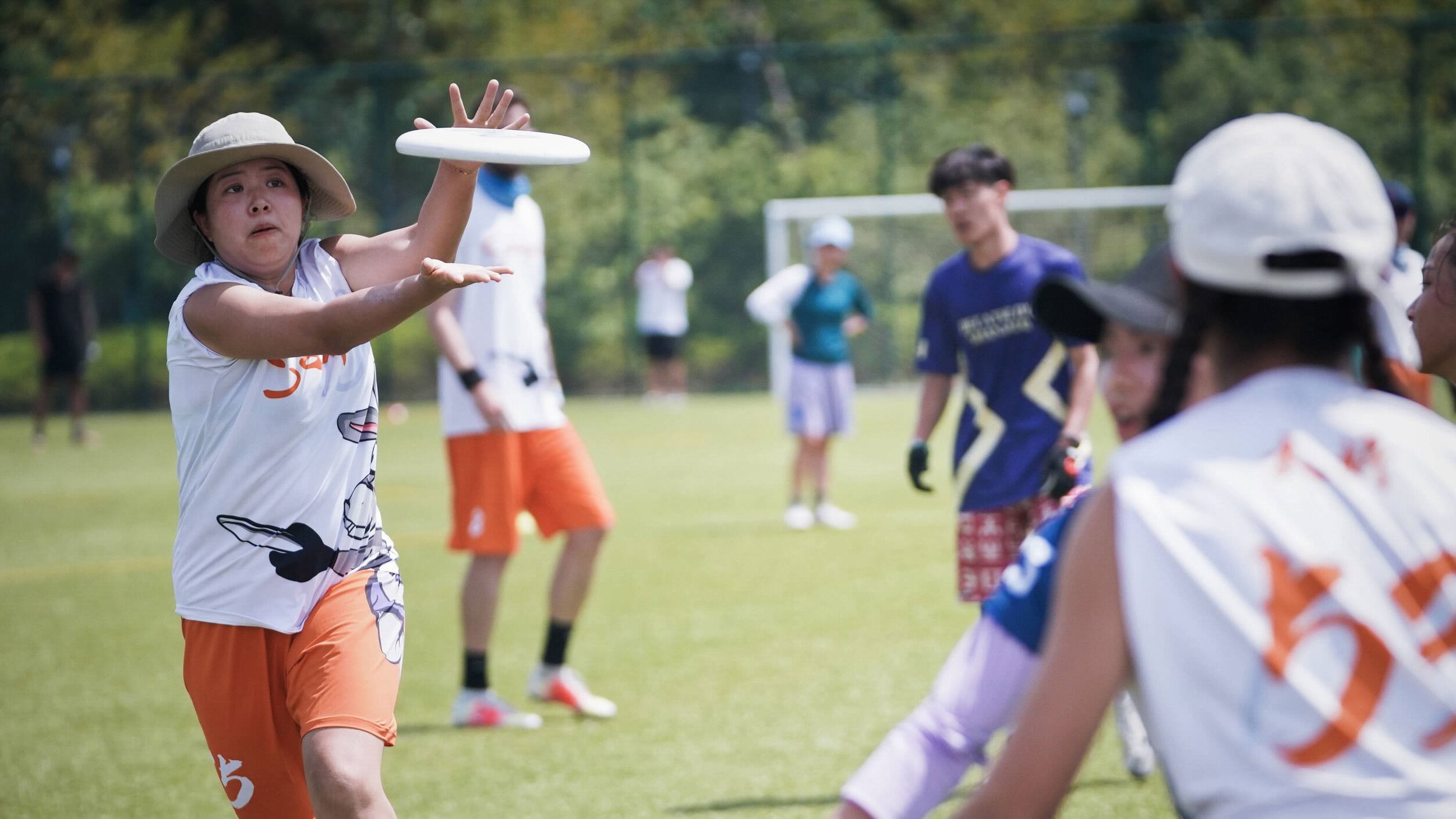
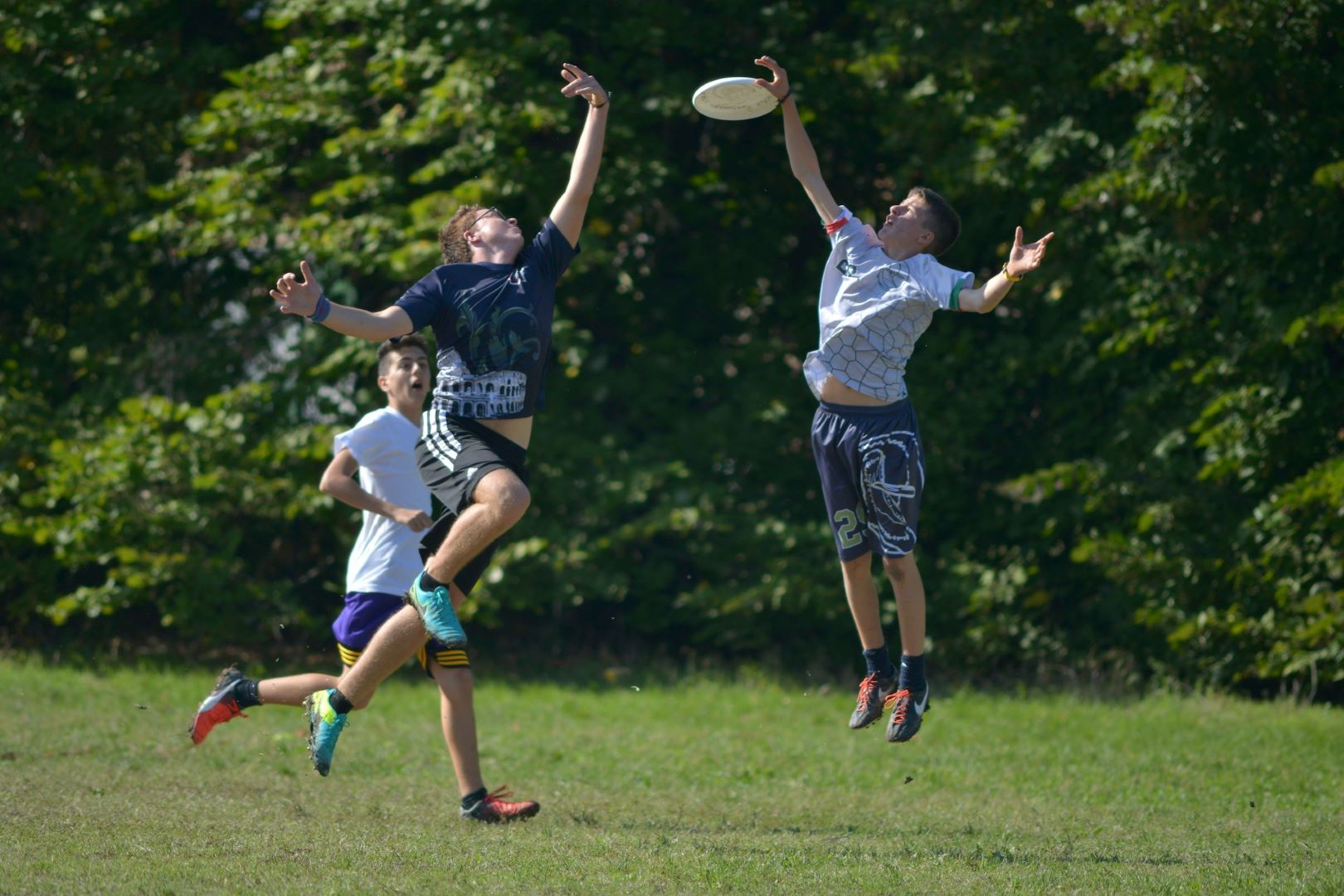

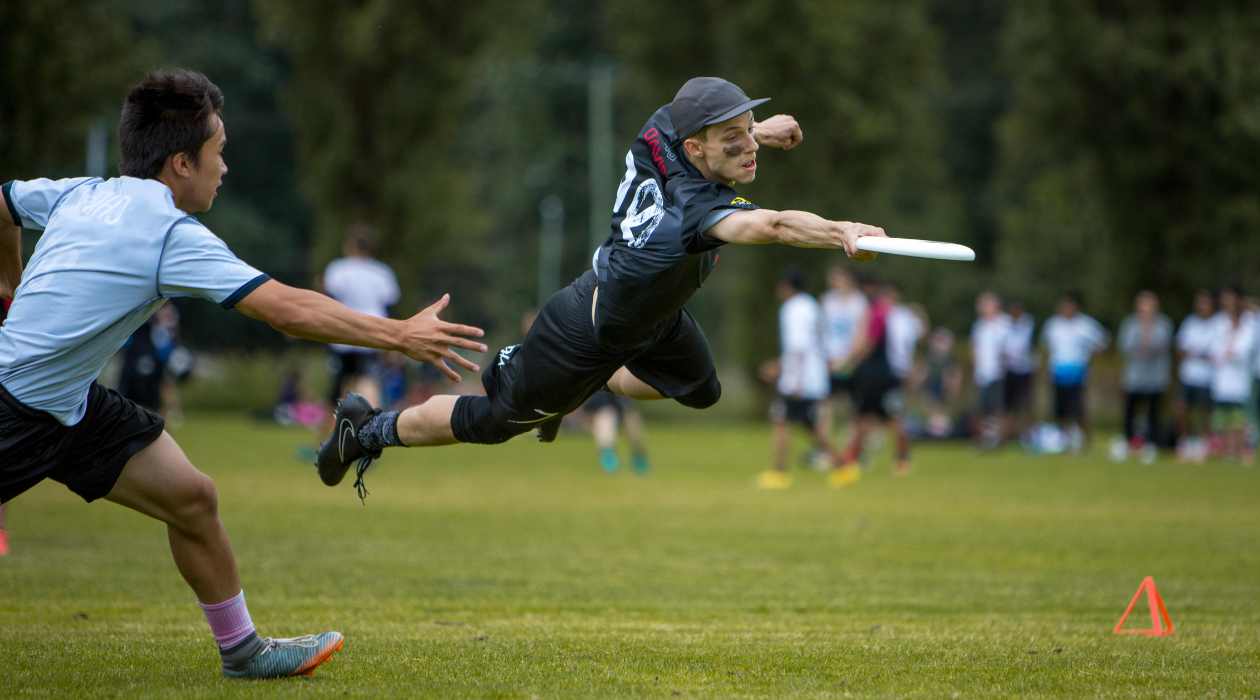
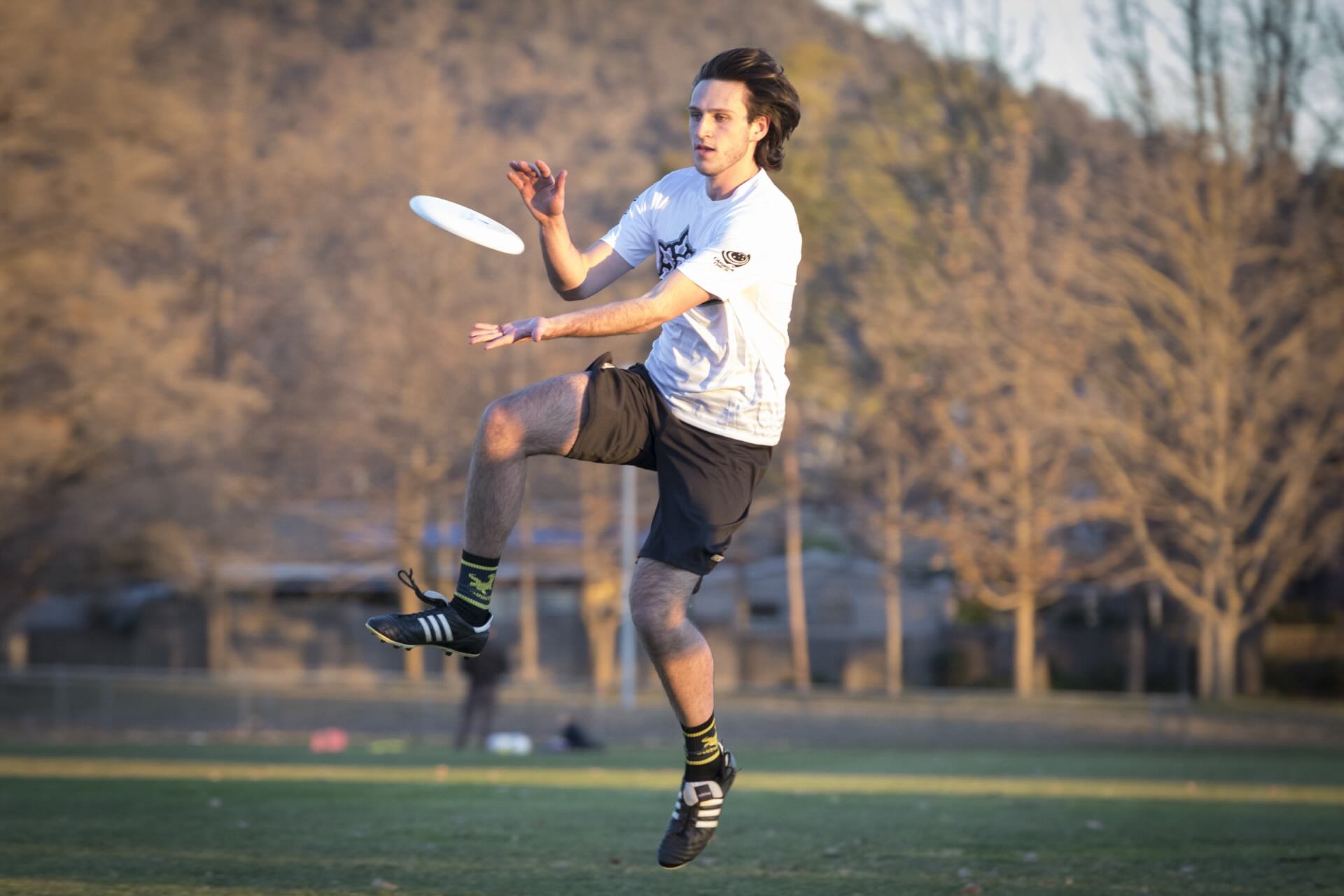

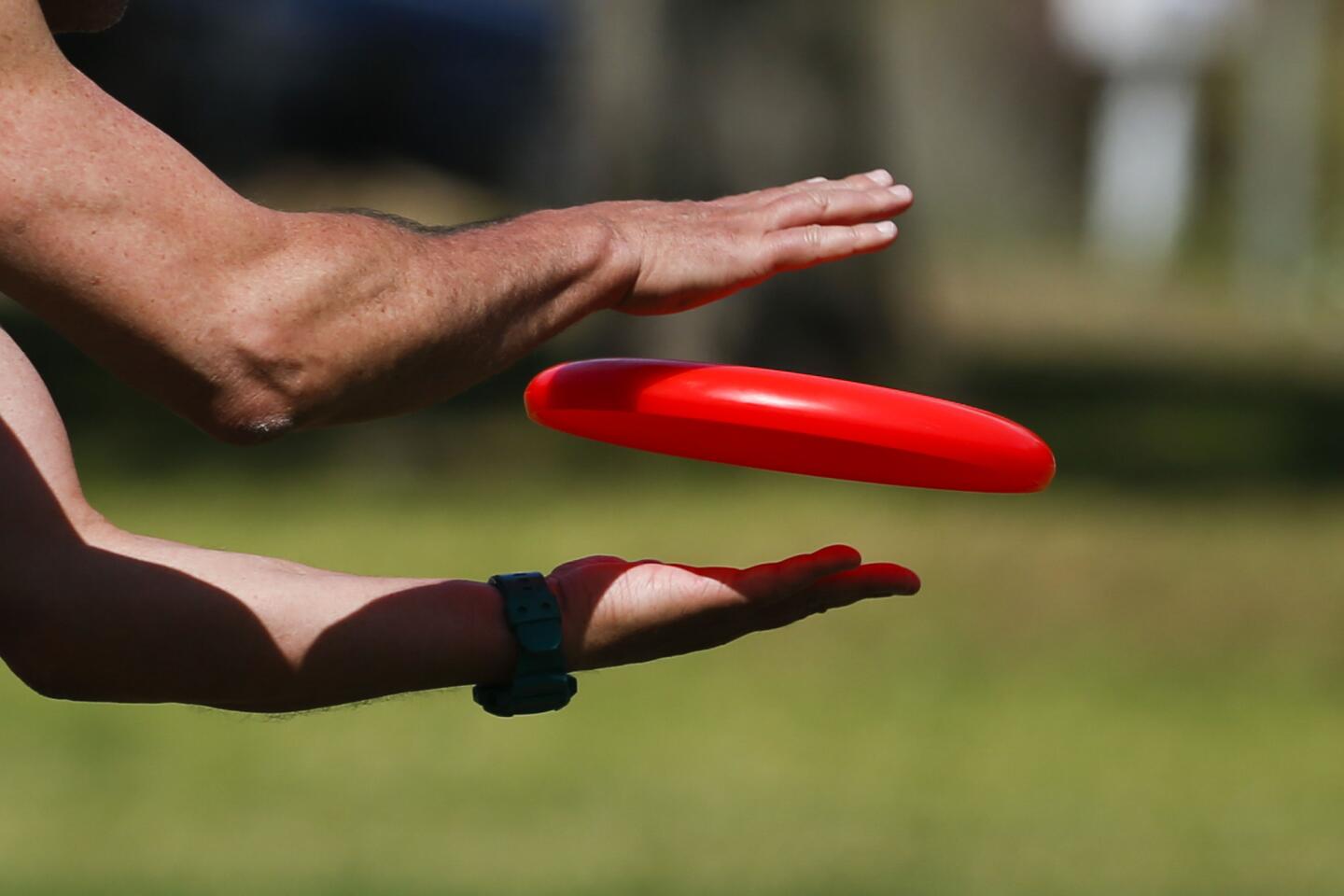
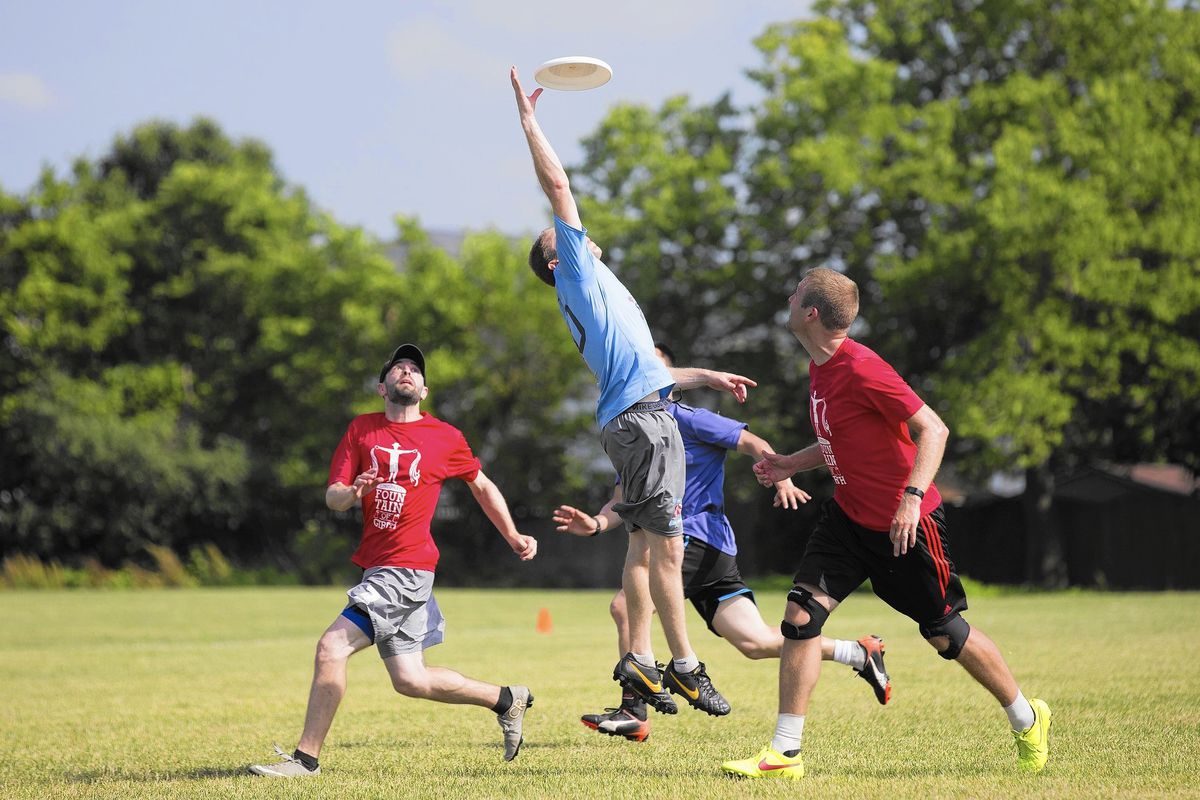
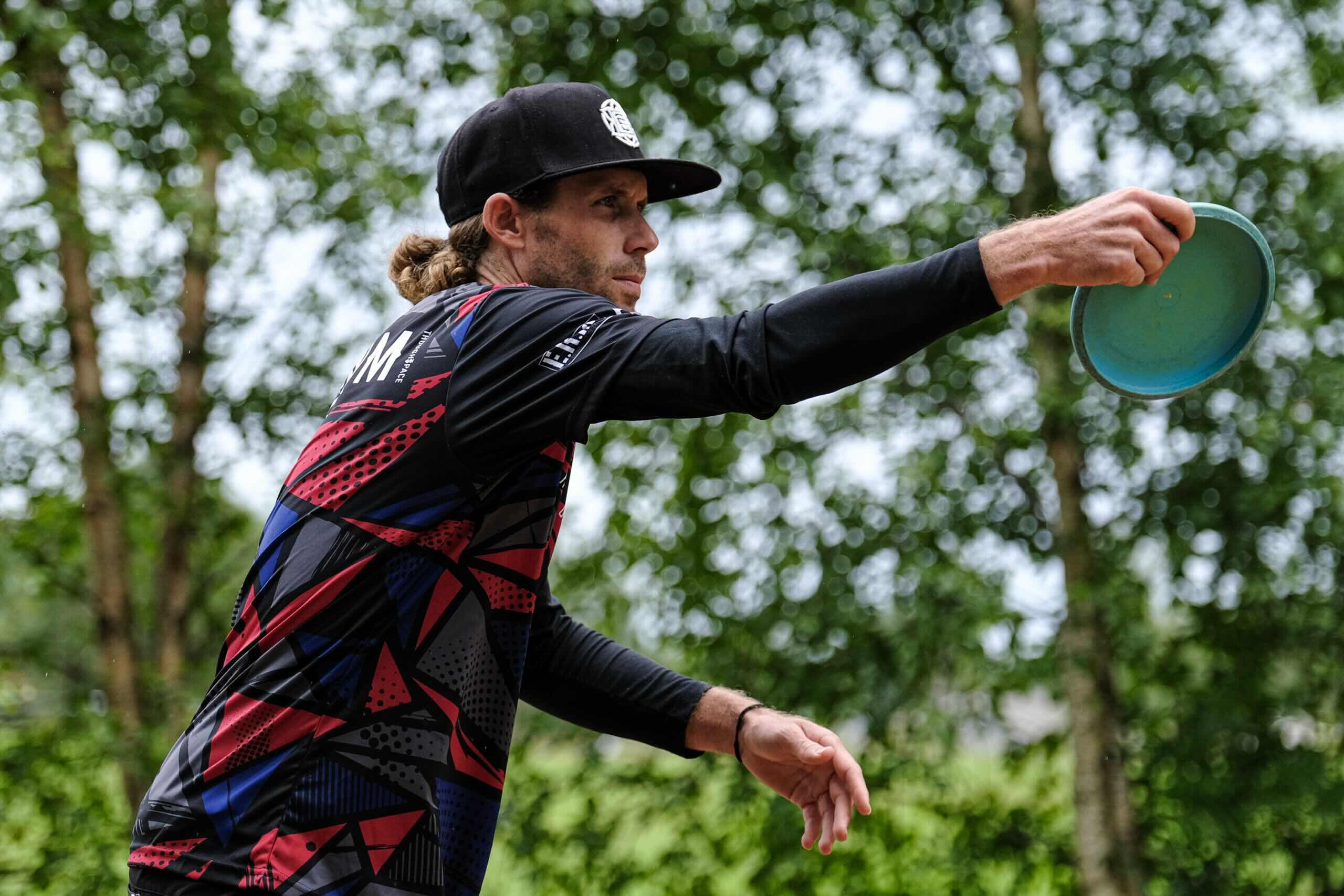
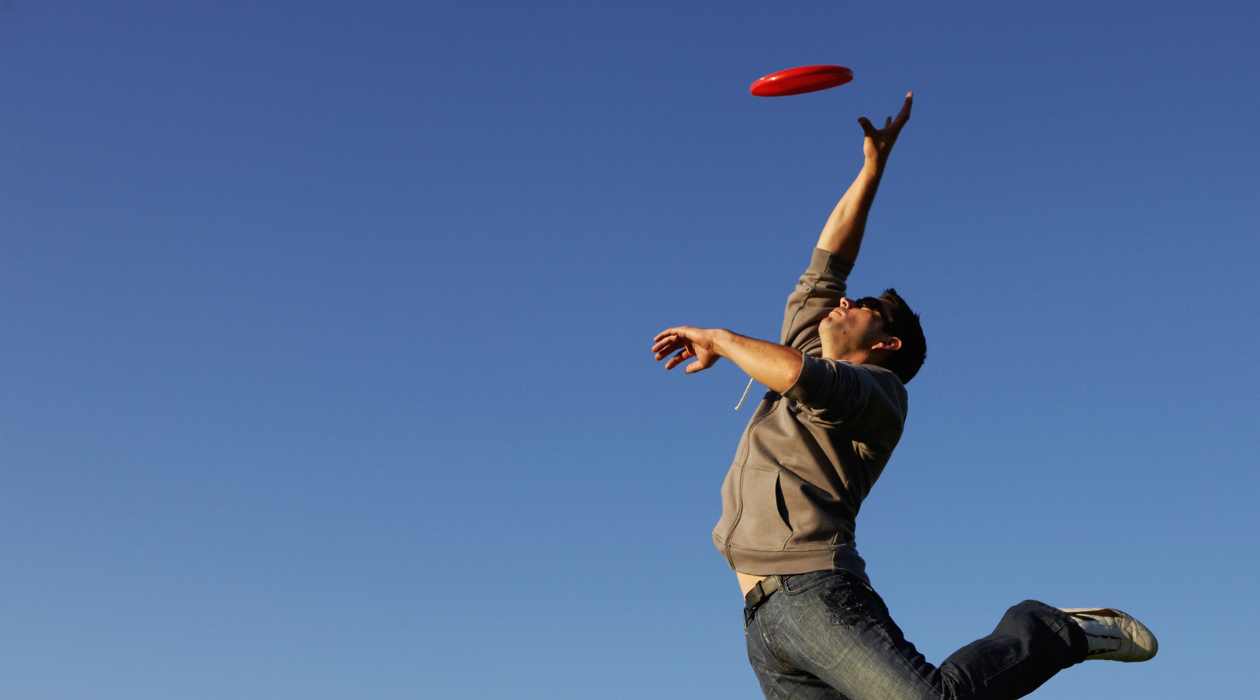


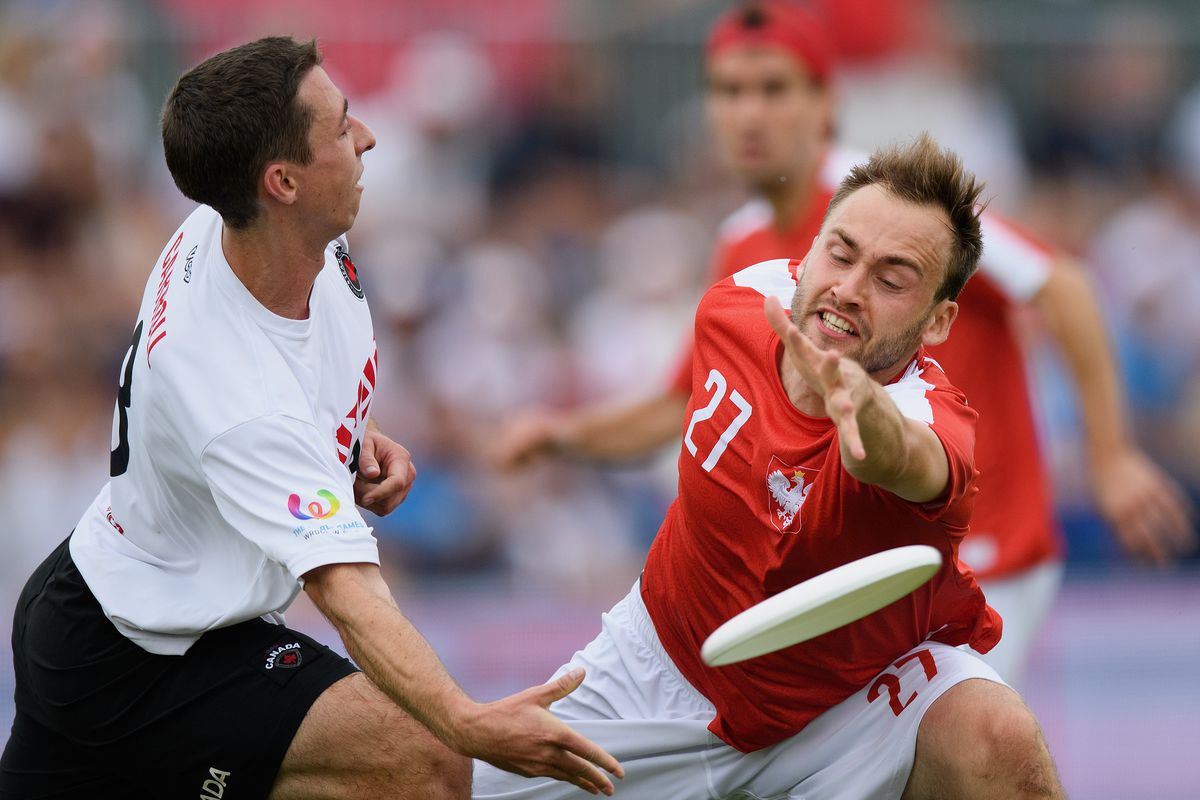
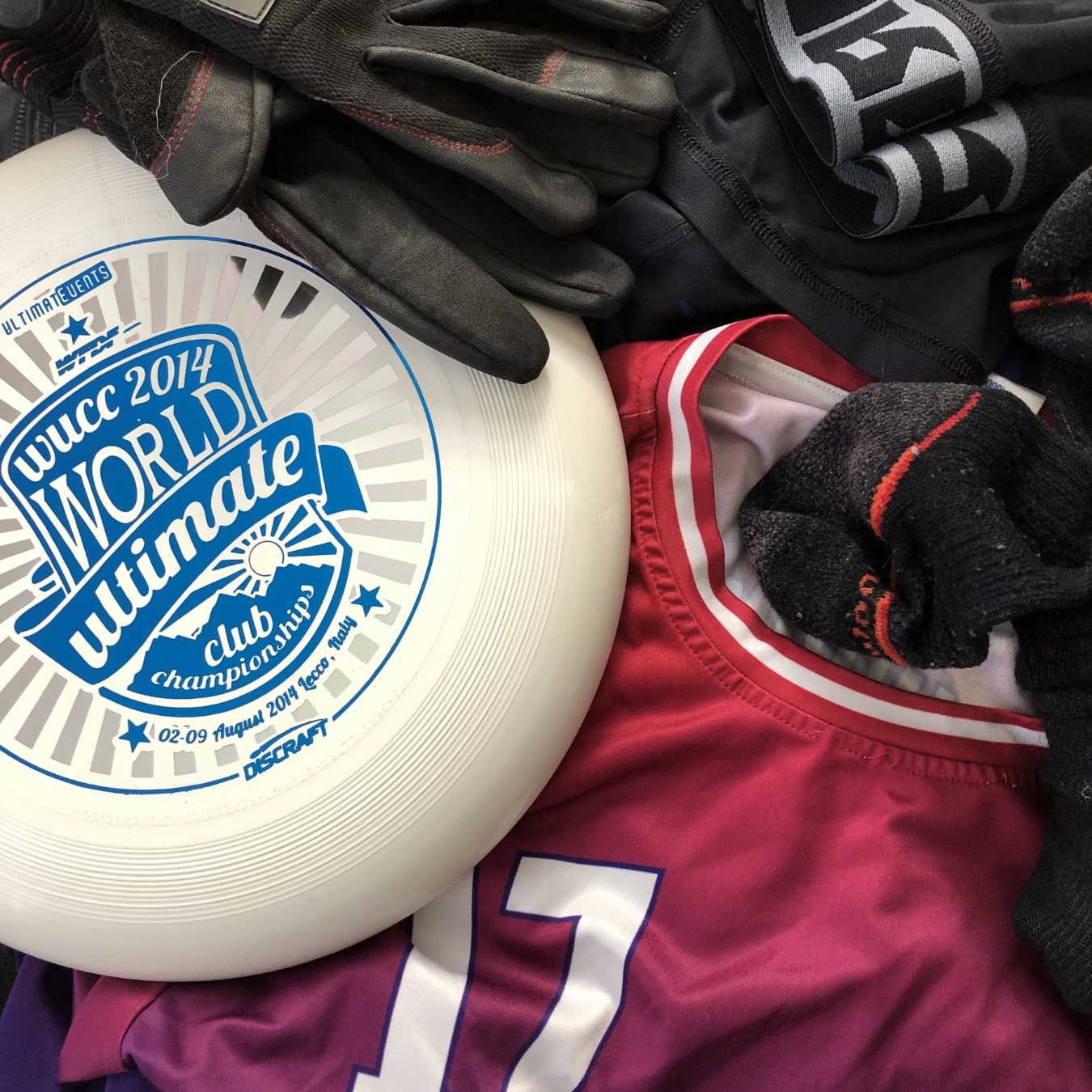


0 thoughts on “How Many Players On An Ultimate Frisbee Team?”